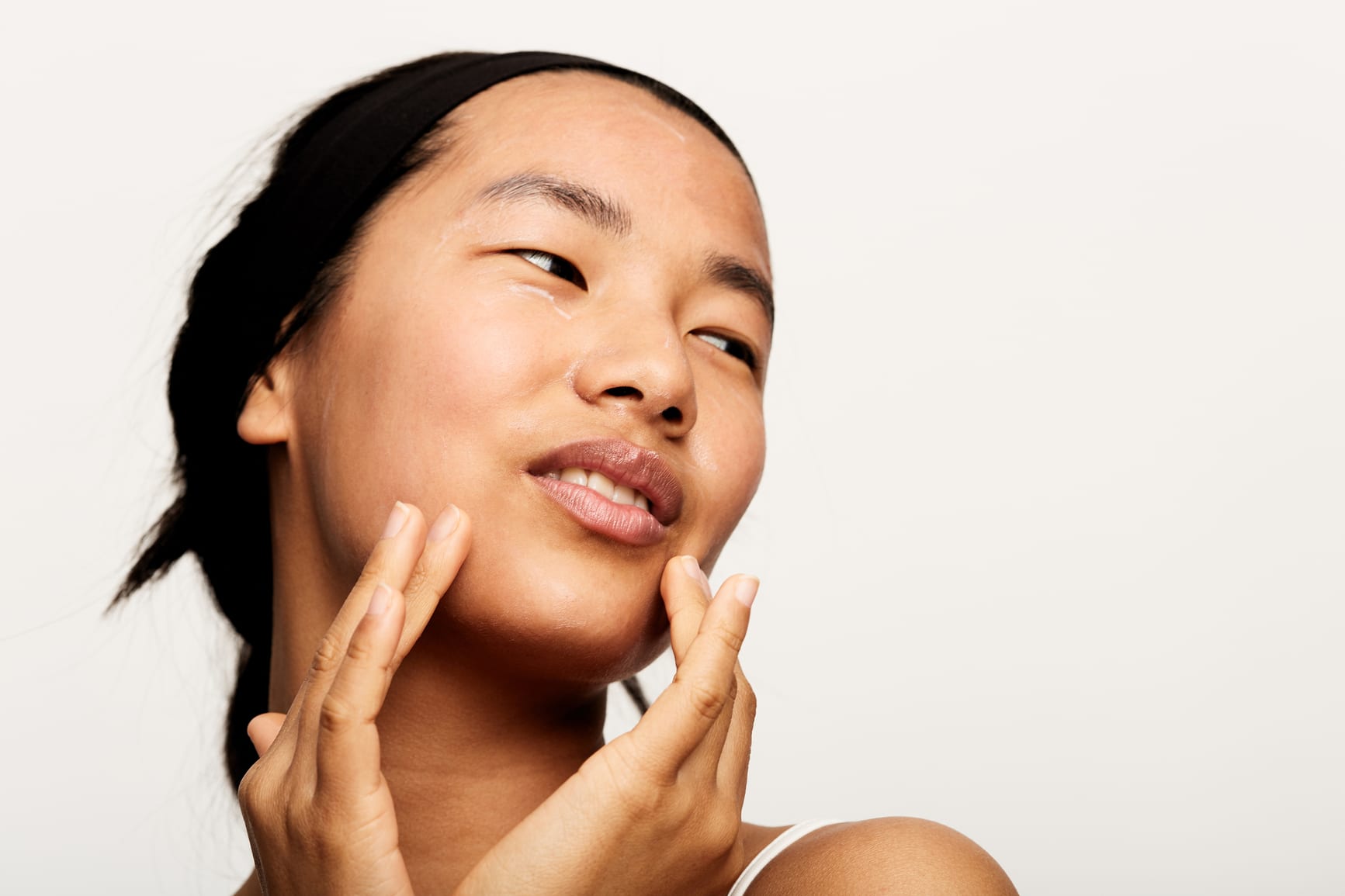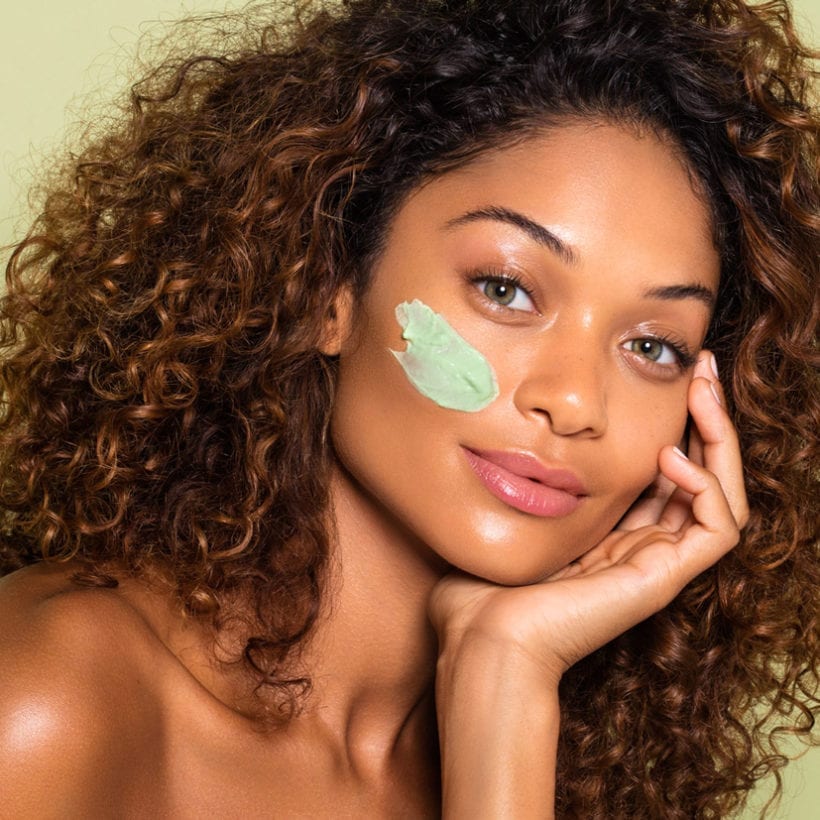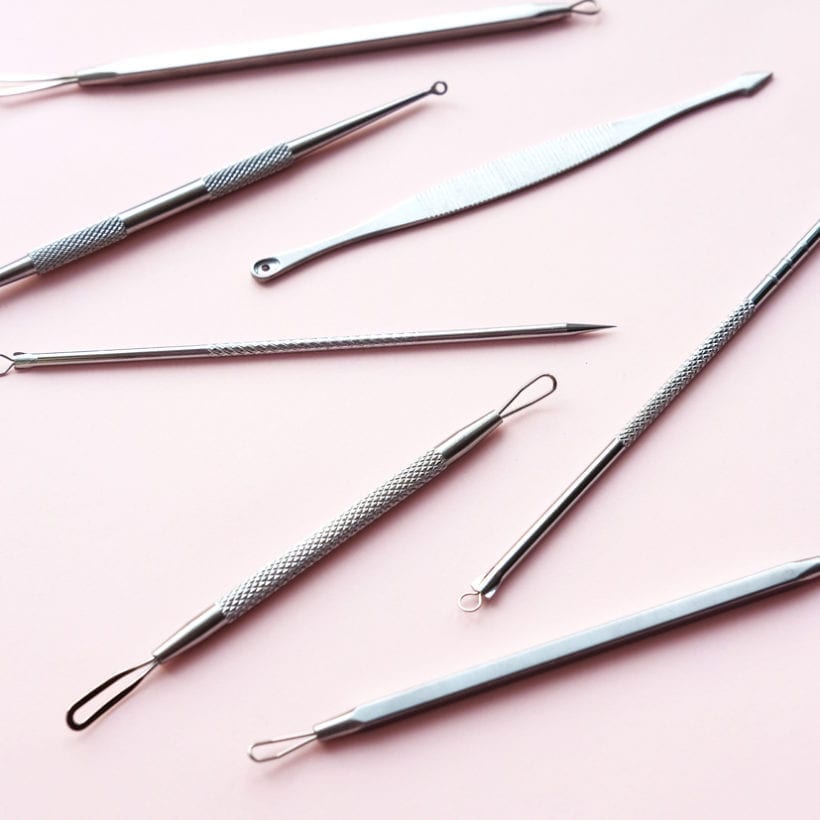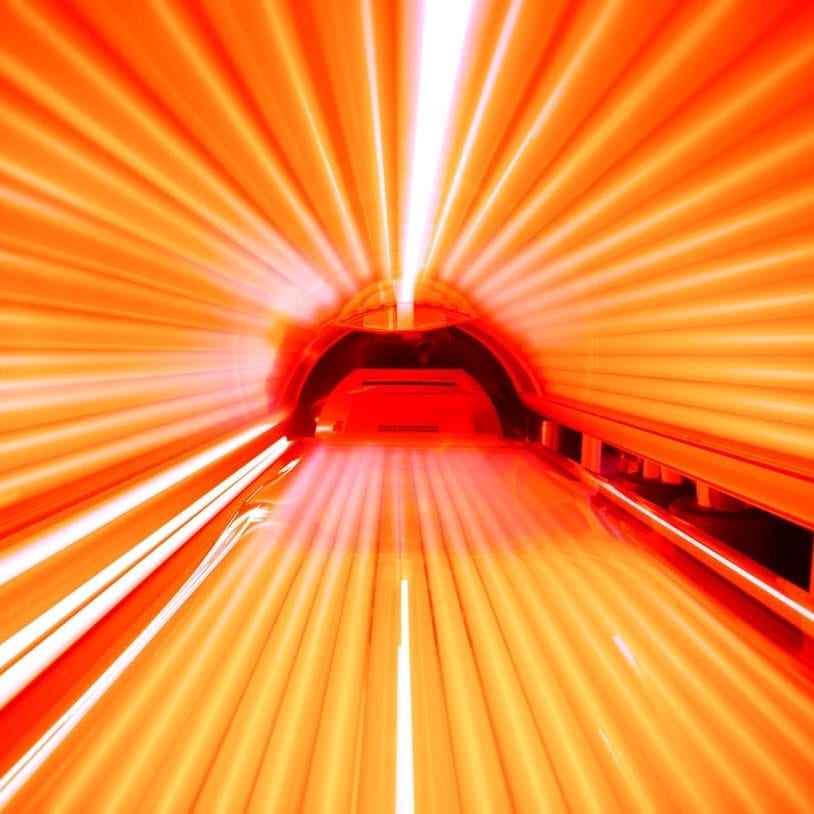Excess sebum tends to form in a slick around my nose and T-zone, creating unwanted shine and occasionally welcoming a few uninvited guests: blackheads. This is the case for so many people (of all different skin types), and it’s completely normal. Oil production is nothing to be ashamed of, and it just means that your skin is working properly. But with that being said, when I started seeing videos of “pore vacuums” going viral on Instagram, I had a few questions about this supposed magic wand — namely, where can I get one? But since I’ve been burned by at-home beauty treatments before (as in literally burned), I decided to debunk this potential beauty myth with the help of celebrity dermatologist and Surface Deep founder Dr. Alicia Zalka.
What Are Pore Vacuums?
“Pore vacuums are just that: vacuums that use suction in an effort to eliminate oils and dead cells that occupy our pores,” says Zalka. Pore vacuums are handheld devices intended for at-home use and claim to literally vacuum oil, grime, leftover makeup, and blackhead-inducing sebum from your pores in one swift, painless, oddly satisfying motion via a small silicone suction tube.
Do Pore Cleaners Work?
According to Zalka, an at-home pore vacuum *can* work by literally pulling the gunk from your pores using vacuum suction, but with a few caveats (I’ll get to those later). “I believe these tools if used carefully and as recommended by the manufacturer, can be a far better alternative to aggressively squeezing or picking, which regrettably, I see some of my patients do in efforts to rid their faces of unwanted blocked pores,” says Zalka.
What Are The Benefits?
- Generally considered safe for at-home use when instructions are followed
- Painlessly removes debris from deep within pores
- Lightweight and handheld
- Typically under $50
Are There Downsides or Side Effects?
There are a few risks and downsides to using an at-home pore vacuum cleaner. Most of these devices are made overseas and aren’t regulated by the FDA, so it’s possible to receive a pore vacuum that’s much too powerful for safe use or far too weak to be effective. However, there are a few at-home devices on the market that have received FDA approval, such as this model.
Most notably, potential side effects can be as severe as bruising of the face. “There is most definitely a learning curve associated with using a pore vacuum properly. The suction action, if left on one area too long, may leave a small bruise or little pucker mark,” says Zalka. “You can essentially create a ‘hickey’ on the face if used incorrectly.” Those who are anemic, have circulation issues, or are taking blood thinners are more prone to facial bruising, and can even rupture a blood vessel with this kind of device. You should consult your dermatologist or physician before picking up one of these tools, especially if you have a pre-existing condition.
Pore vacuuming is also somewhat a double-edged sword. While you’re likely interested in using one to prevent breakouts, these devices can actually bring deep pimples to the surface, causing the breakout to breach the surface of the skin (and become visible) sooner than it would have on its own. It’s up to you if you see this as a pro or a con.
What Do I Do Before Using a Pore Vacuum?
As with most high-tech devices, using a pore vacuum cleaner requires a little bit of skin preparation. Each vacuum is slightly different and will offer its own set of instructions, but there are a few steps that are true for almost all of the devices.
For starters, you should wash your face and disinfect the tip of the pore vacuum to ensure that you’re working with a clean, germ-free surface and tool. Secondly, Dr. Zalka recommends gently steaming your face to ‘open up’ the pores and loosen the debris deep within. Pro tip: if you don’t have a facial steamer, try running the hot water in your sink or shower and using the subsequent steam.
How Do You Use a Pore Vacuum?
Once you’ve thoroughly prepped your skin, you’re ready to actually start the vacuuming process. Instead of pressing the vacuum down on a particularly clogged area and holding the device there, you’ll want to move in fairly light, circular motions—continuously keeping the tool moving to prevent the bruising or puckering effect that Zalka described. “It’s best to move the head of the instrument around like a wand in a back and forth or motion,” she says. It’s also best not to use the device on your entire face; only use it in areas that look or feel particularly congested. Every device has its own variations as far as how firmly to press and how long to run the device along your skin. You’ll spend anywhere from 3-5 minutes vacuuming your pores clean.
What Do You Do After Using a Pore Vacuum?
Once your pores are feeling fresh and clean, you’ve essentially paved the way for a high-quality serum or mask to penetrate even more effectively. If you’re concerned about future breakouts, read more about how to use facial oils on acne-prone skin or follow up with a clarifying serum or oil like Sunday Riley’s Luna Night Sleeping Oil ($55). If your skin is feeling a bit red and sensitive, follow up with a quality cream moisturizer or a sheet mask infused with hyaluronic acid. Whatever you choose, just note that it isn’t recommended to use any exfoliating products (be them chemical or physical exfoliators) for a few days after using a device of this nature.
The Sunday Edit Verdict
Proceed with caution. If you can’t resist getting your pores vacuumed out, then I can’t blame you—but you’re always safer in the hands of a professional. While Zalka notes that this treatment is generally safe for most people to try at home, keep in mind that things certainly can go wrong (including ending up with facial bruises or bursted blood vessels). To play on the safe side, it’s best to see your dermatologist for an in-office treatment, which is more effective and better in the long run for your skin. “Microdermabrasion, for example, has excellent and well-deserved efficacy and safety profile for skin freshening,” says Zalka. “Microneedling is another in-office option that greatly improves skin texture and glow.” She adds that if you’re still sold on trying one of these devices at home to just run it by your dermatologist first.







